LLast but not one day of Concorto and probably one of the most long-awaited events of this edition: the live “Mahler Remixed” with Christian Fennesz and Lillevan. But one thing at a time.
At 6pm in Palazzo Ghizzoni Nasalli we will screen the shorts produced during the workshop “An introduction to 360° videos”; judging by the shooting we have witnessed during the last few days, the shorts are bound to be hilarious!
At 9pm in Parco Raggio the last shorts in competition will be screened, beginning with A Casa mia by Mario Piredda, a story that slightly resembles the short Dadyaa screened on Tuesday; Notes on Monstropedia by Koj Yamamura is the visual archive of medieval imaginary beasts while Jamie by Christopher Manning is the tale of a difficul coming of age of a very shy boy. Un état d’urgence by Tarek Roehlinger reminds us of the constant omnipresent danger of terrorism in Paris. Last short in competition in this sixteenth edition of Concorto is 59 secondi by Mauro Carraro, the animated story of the terrible earthquake that shook Friuli in 1976. Mauro is a guest here at Concorto and will be live-interviewed on stage.
At 22.15, right after the shorts, we are thrilled to present “Mahler Remixed” by Christian Fennesz and Lillevan, read both interviews here and here.
At 22.30 in the greenhouse the cinéphiles will rejoice with the last slot of the Focus Romania (and be sure not to miss Andrei Georgescu – director of Candy Crush – interview right after the screening). Finally, the night screenings will be closed by the last DEEP NIGHT shorts (see the reviews here).
And if you feel like dancing, just move to the woods where our resident dj Gigi Proiettile will play his precious discs!
Here follow the interview with Alessio Dutto and Francesco Torelli, the composers of Makhno’s soundtrack and the reviews of today’s shorts.
A casa mia – Mario Piredda
seen by Silvia Alberti
With “In My Home”, the Sardinian director Mario Piredda won the David of Donatello for Best Short Film, and it is not difficult to understand why; the originality of this work lies in its ability to give us other views through which we can observe what we already know. The Sardinian land is far more than what is shown to us by the tour operators, and the melancholic look of Lucia and Peppino, the two elders now the only inhabitants of a fishing village, proves it. A place populated only in the summer, and therefore its most precious secrets lie in winter. Lucia and Peppino, who live the kind of love that is born out of the nearness and the commonality of situations, know it well. This is precisely why they want the cold winter to end as late as possible, as it is the only time in which the last excerpts of almost-lost traditions can be kept.
Notes on Monstropedia – Koj Yamamura
seen by Yorgos Kostianis
Koji Yamamura is one of the most prominent animation creators of today, and the first Japanese director to be nominated for an Academy Award in 2002. After leaving a career as a background artist at an animation studio he started dabbling in directing, writing, editing, animation and short films. One of those shorts is “Notes on Monstropedia”, an animated archive of imaginary monsters written by a fictitious monsterologist in Medieval Europe. The film depicts the habits of monsters using movements inspired by short aphorisms that convey abstract notions and observations on the human condition.
Jamie – Christopher Manning
seen by Elena Saltarelli
Jamie, Christopher Manning’s directorial debut, is a 9-minutes-long short film that aims to investigate, with the help of extremely bright and gentle accents, the emotional opening of a shy homosexual boy to the world around him, through the dialogue with a stranger approached on a dating app. The formative and determinant element of this work dwells into the central dialog, in which the main character frees himself from his internal conflicts through the conversation and the connection established with his interlocutor. The delicate realism that innervates this short film pervades all its parts – dialogues, photography, acting – and creates an intimate and introspective work, that talks about the fear of being honest with oneself, more than with others; and does it quietly, looking into our eyes.
Un état d’urgence – Tarek Roehlinger
seen by Carlotta Magistris
Short movie from 2016 by Tarek Roehlinger, Un état d’urgence with a very actual thematic has the great ability of creating tension in the viewer. The main character is Omar, a military who monitors a public building in Paris, a thing that puts him in a constant state of alarmism reflected on his perception of reality, particularly towards terrorism, represented in the movie as a constant danger. The peak arrives with the presence of a mysterious suitcase near the palace which triggers the state of emergency that gives the movie his title, creating a generalized panic reaction that, in his open final, seems to reveal how every person’s conscience always lies in a perpetual state of anxiety.
59 secondi – Mauro Carraro
seen by Margherita Fontana
Winner of Pardino d’Argento for national selection at Locarno Film Festival, the animated work by Mauro Carraro is an expressive fusion of imaginary and biographical reality. 59 seconds is the time that lasted the devastating earthquake which stroke the Italian region of Friuli in May 1976. So many lives have been affected, among them even those of the couple formed by Bruno and Tiziana, the director’s parents. Carraro has decided to share with the audience their love story and the earthquake disaster, whose epicentre was settled near to the Alpines’ barrack in Gemona, right where the young Bruno was doing his military service. Dream and reality entwine when Bruno’s hearth starts to tremble, facing Tiziana’s refuse.The ending claims the value of resilience, the capability to rise above and to rebuild. The result of a two-year- and-a- half work, the short film is made through a technique specifically developed by Carraro and defined “sensible 3D”: the animation imitates an etching-like expressivity, avoiding the risk of coolness and shaping the dreamlike and poetic dimension that pervades the work.


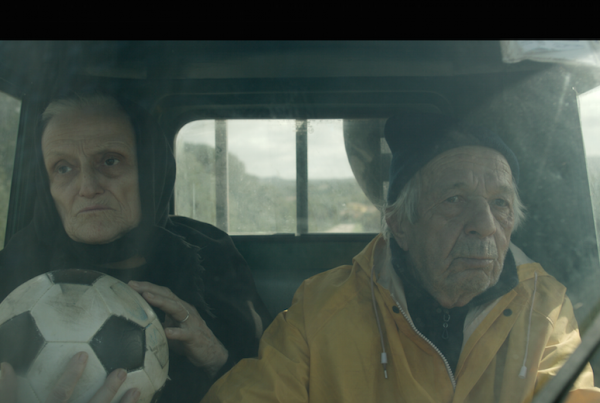
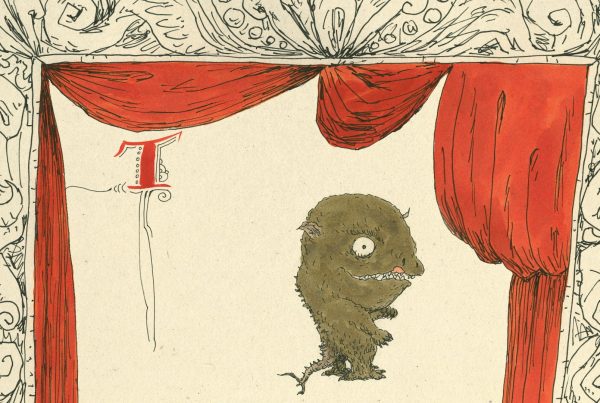
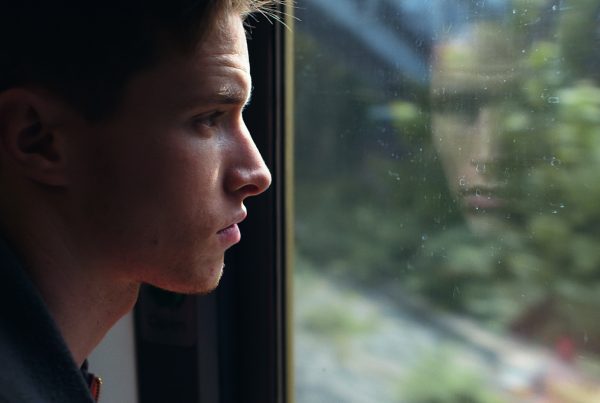

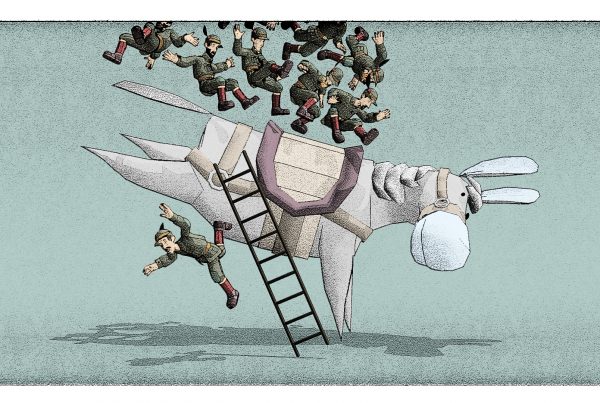

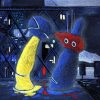


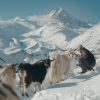

Commenti recenti